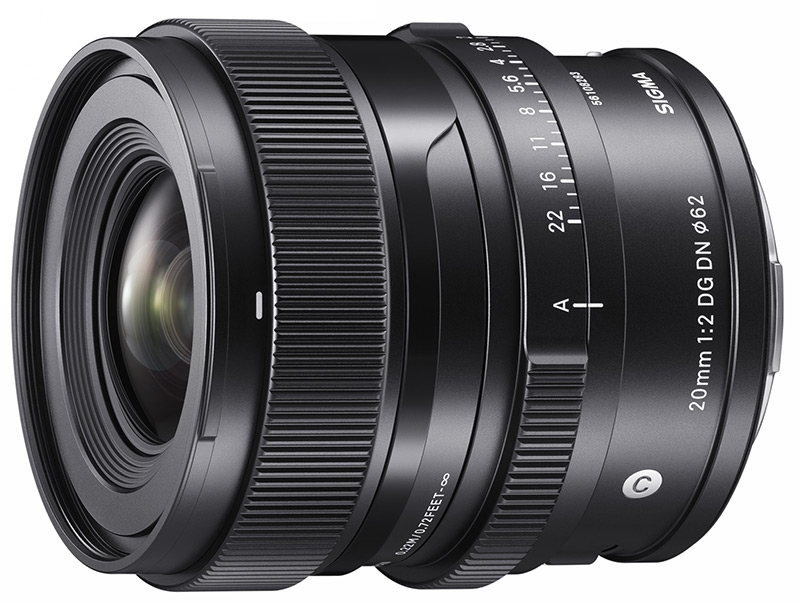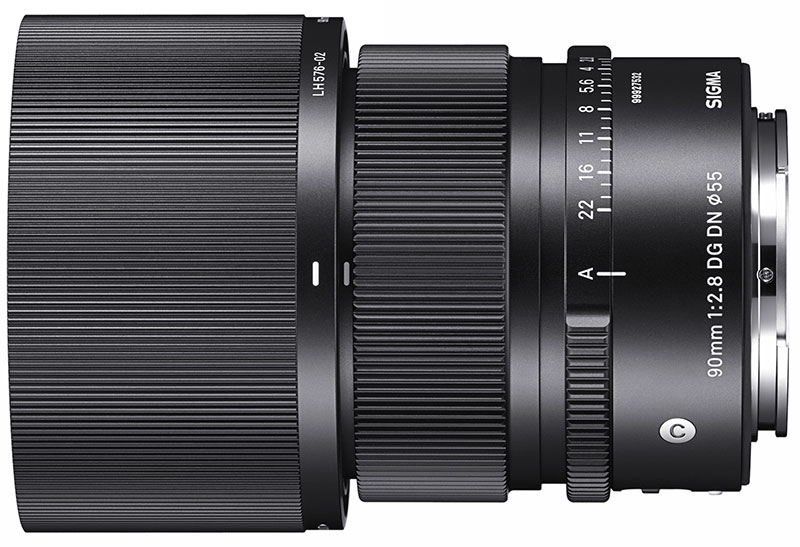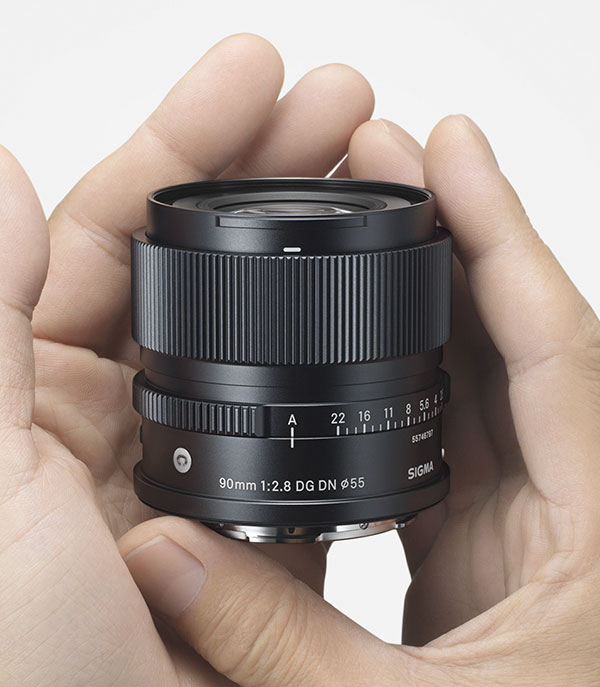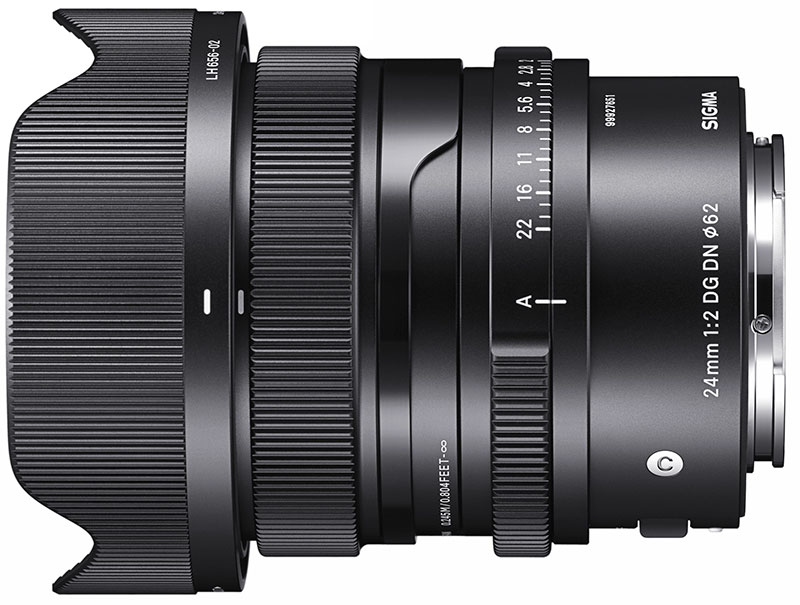Tamron 35-150mm f/2.0-2.8 Di III VXD review
The first magazine test of the new Tamron reached Cameracraft readers in our March/April edition. Now that other magazines are reviewing the lens, it’s time to release David Kilpatrick’s practical user report on-line.
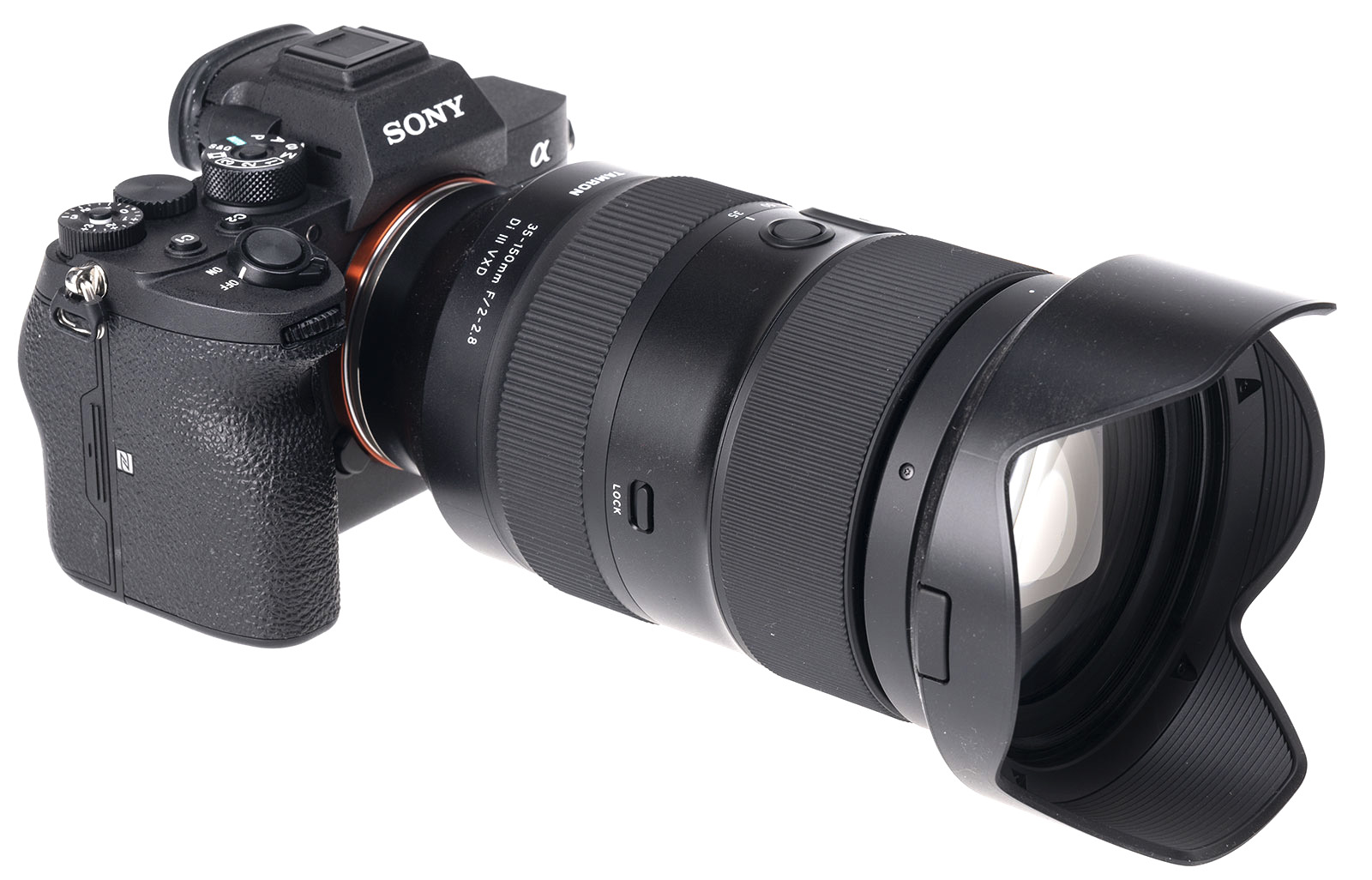
IT’S THE MIDDLE of a dark winter and the new Tamron super-fast ‘group to portrait’ zoom has been doing the rounds of dealers, and we get the chance to use the lens for a good test period starting in January just as the days are getting longer. It’s 3pm and it looks like 4pm with heavy cloud. A quick exposure check says why this lens will be a priority purchase, in a hurry, for wedding photographers. Fortunately the days get brighter and longer during the time trying out this versatile lens.
So many weddings have been postponed due to earlier Covid venue restrictions. To get 1/125s shutter speed, which is very much needed to ensure expressions and fairly small movements are not motion-blurred, it was ISO 2500 at f/2.8 on the day the lens arrived. Between this and the end of useful daylight that changes rapidly to ISO 6400 and beyond, and eventually to 1/30s. Any sensible wedding photographer would now be digging out the f/1.4 lenses, firing up the battery flash kit and hoping the indoor setting works well.
However, there’s a zoom now for Sony full frame users which can cover most weddings or outdoor portrait sessions on its own, replacing a fast 35mm and 50mm and most of the range of a 70-200mm f/2.8.
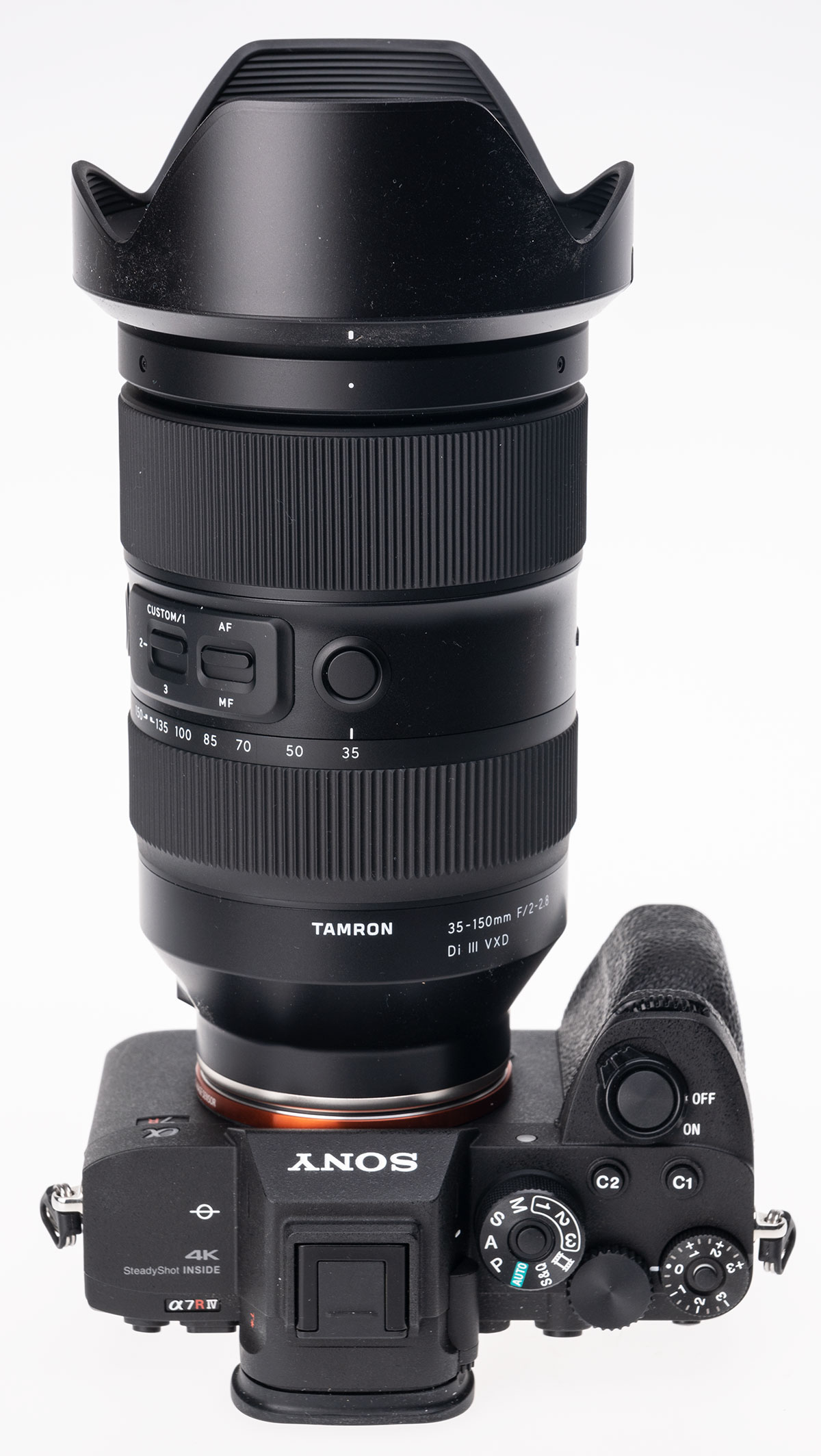
The new Tamron 35-150mm manages to hold its widest aperture of f/2 from 35mm to just short of 40mm, and doesn’t drop to f/2.8 until 80mm.
f/2 35 to 39mm
f/2.2 40 to 59mm
f/2.5 60 to 79mm
f/2.8 80 to 150mm
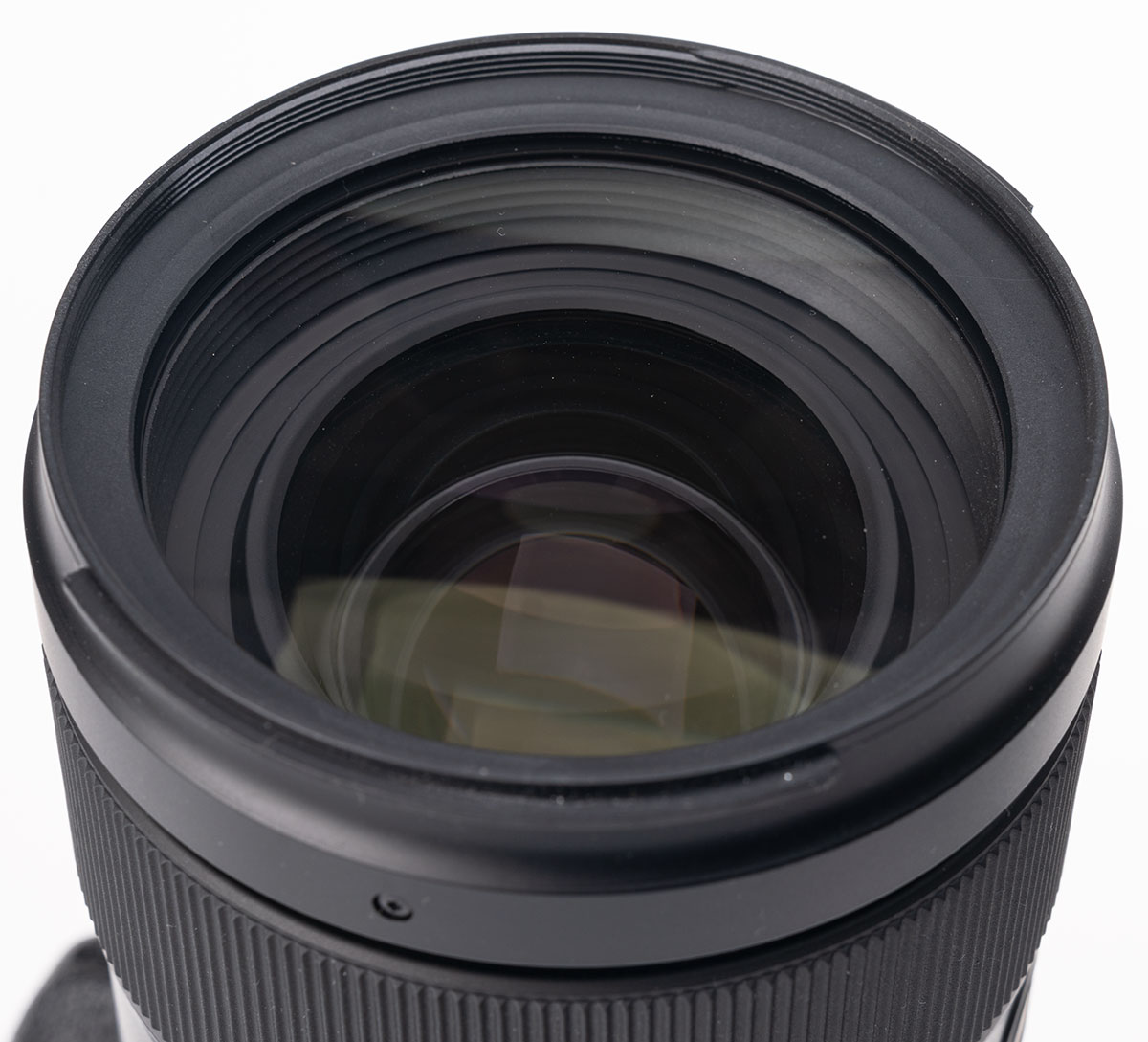
This is good, as so many zooms with a fast minimum focal length lose a third or half a stop with a mere nudge of the ring – those 17-35mm f/2.8-4 lenses made for SLRs were often f/3.2 at 18mm! With studio flash you might set f/2 and start work at the short end of the zoom, but with so many systems studio or location now being TTL and high-speed sync of one kind of another this probably doesn’t matter. Set the lens to f/2.8 or any smaller aperture, and it acts as a constant aperture zoom
How about the chosen focal length range? I’d argue that 28-135mm, with similar aperture benefits, is more useful because there’s a chance of never needing to change lenses. There’s a quick way to check what matches 35mm for groups, using just the long side of a landscape frame. It’s almost the same as the 36mm dimension of the sensor, with an angle of 55° covered horizontally. If you’ve got an APS-C sensor it matches 23mm, on MFT 17mm, on Fujifilm GF and other popular 50MP medium format models it’s 44mm, on the biggest like Hasselblad HD6-100C it’s 53mm.
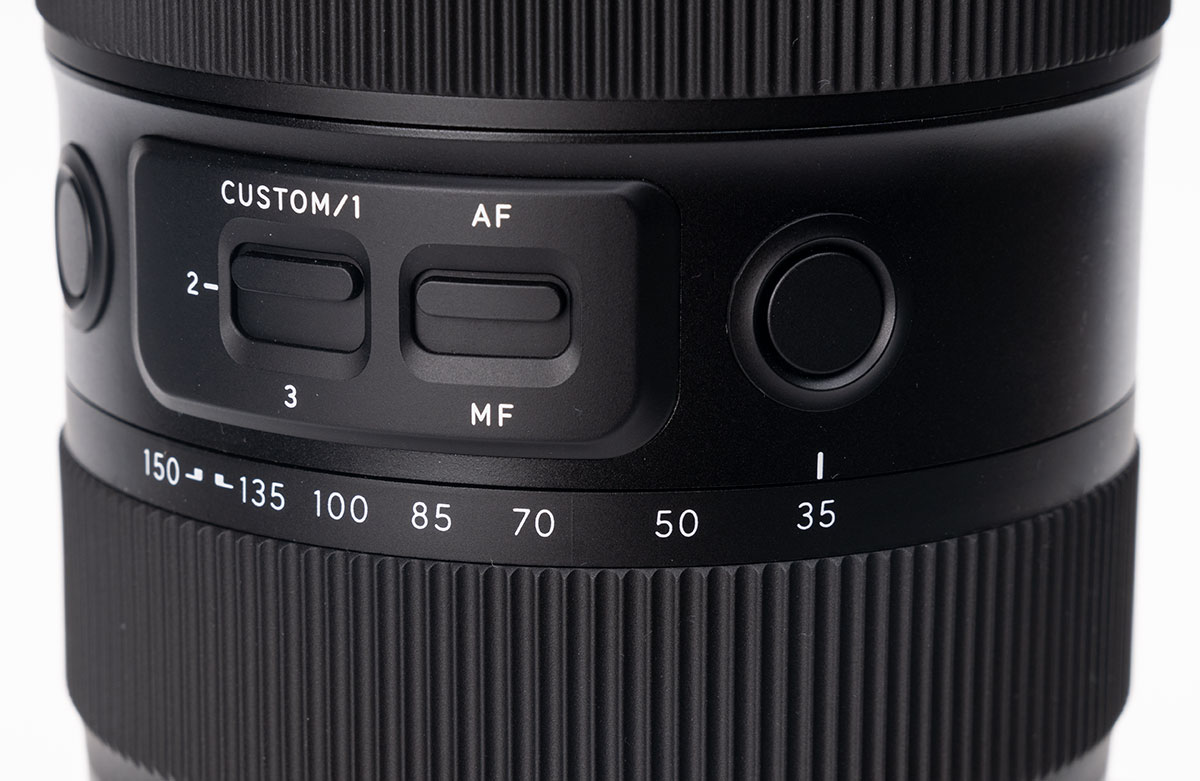
This angle of view works well because many rooms have Golden Ratio dimensions, not unlike an A4 page. Stand near one end of a 5 x 7m room, put a group at a comfortable distance away from the opposite wall, and you’ll cover it well with some of the side walls visible. In a square room, you can just take in the opposite wall with no sides visible. The working distance gives scope for bounced flash, there’s no distortion of body or face width towards the ends of a group even if it’s tightly composed.
In fact having the wide-angle end limited to 35mm may improve your group photography and weddings in particular by making you keep that little bit of extra distance.
However, the real world sometimes throws difficult spaces and camera distances at you. This new Tamron is not an all-in-one outfit. It’s almost essential to have a 24mm, or a zoom such as Tamron’s 17-28mm or Sony’s 16-35mm.
The range
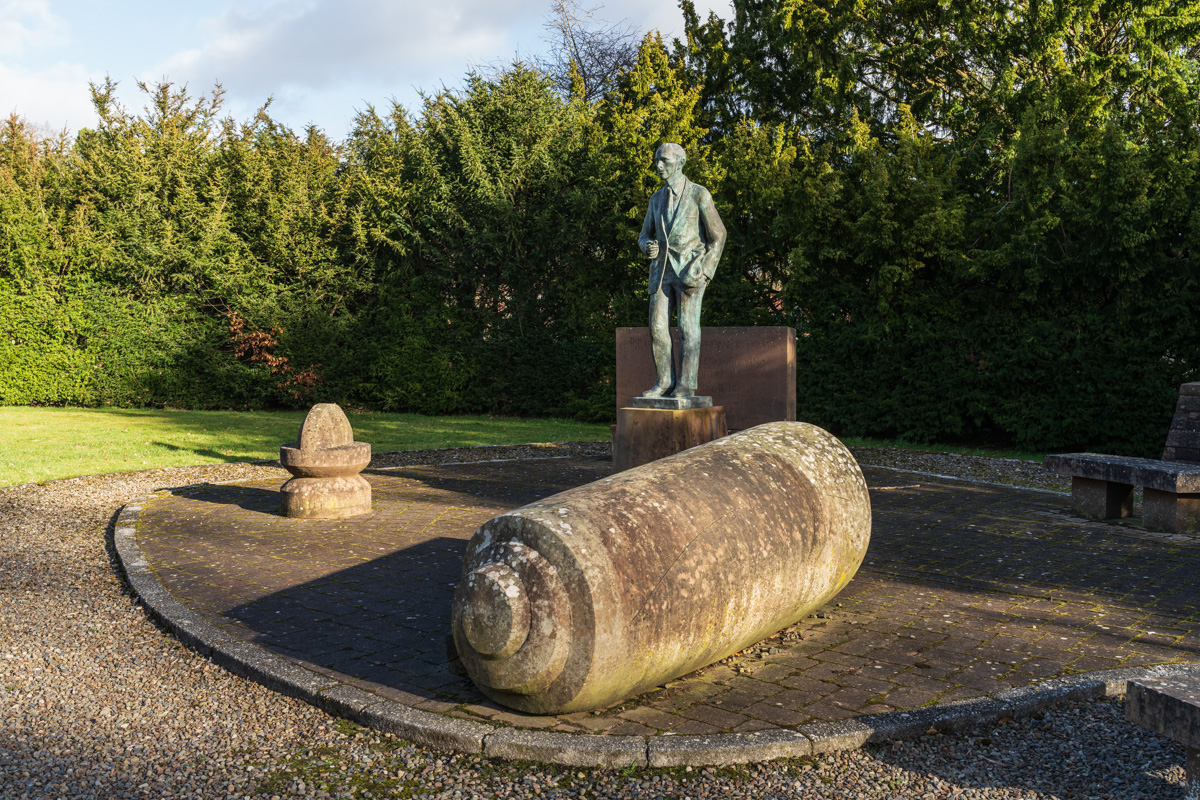

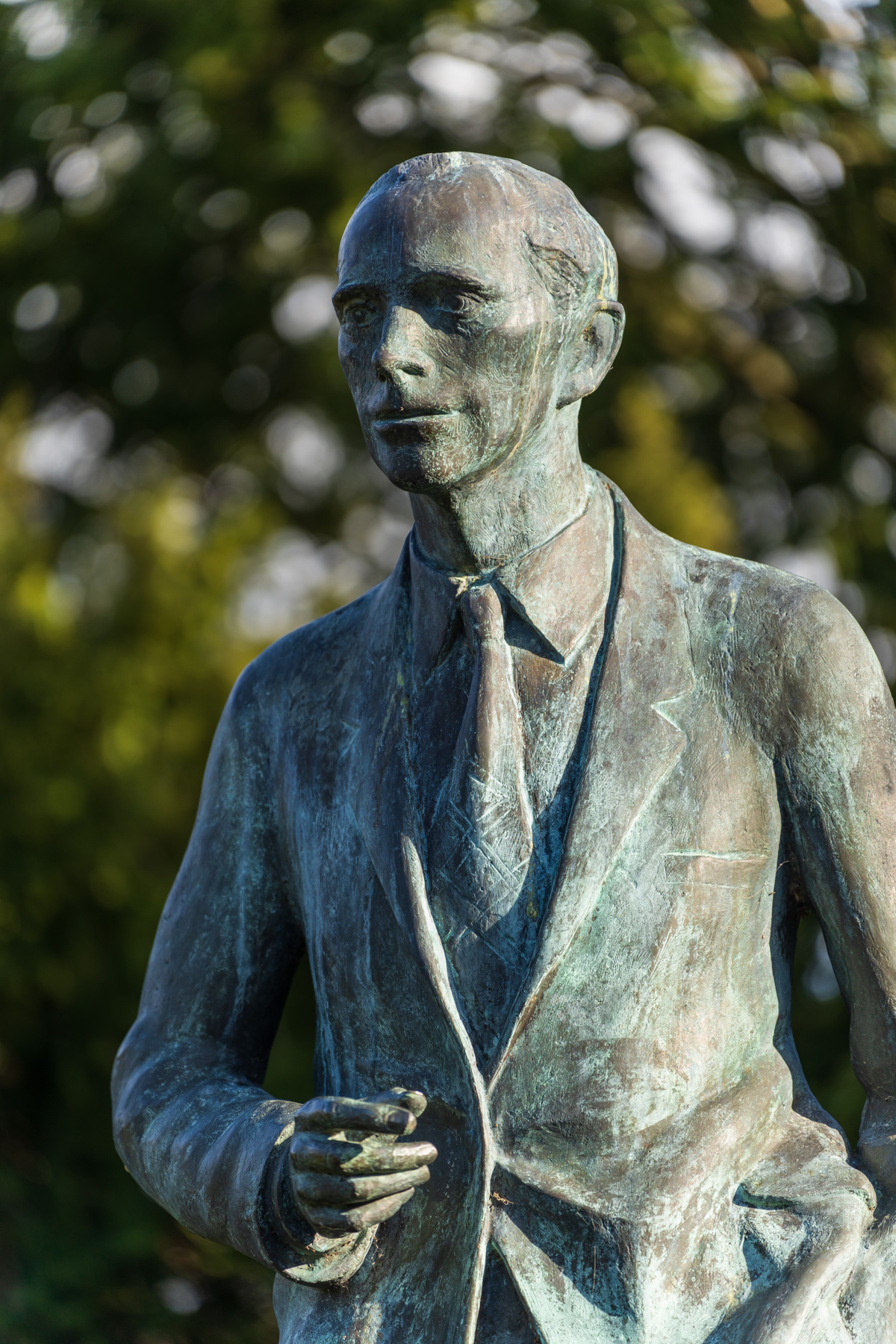


Tamron 35-150mm performance
The optical performance of the 35-150mm is well above expectations for an f/2-2.8 design. It’s better than any past attempt at ƒ2.8 on a similar range, and this is down to mirrorless versus SLR body thickness. You can use it wide open at any focal length and be sure of sharpness in the plane of focus, and that is pretty flat corner to corner despite considerable pincushion distortion growing from 50mm to 150mm. The built-in and Adobe lens profiles are essential but not identical – while in-camera JPEGs are very well balanced across the frame, the default Adobe vignetting correction is much too strong.
Without correction this lens loses between one and two stops of light in the outer field when used wide open, with a central zone of around 20mm diameter representing the nominal aperture. The lens profiles boost the gain to compensate and if you set the Sony A7RIV to its ISO invariant optimum of 400, faces at the extreme ends of a group may be recorded as if ISO 1600 was used. For the best results, shoot raw and don’t underexpose (no need to follow the expose to the right mythology though). If you use the Adobe Lens Profile, adjust the vignetting to minus 60 for full aperture shots if you want to remove the effect. If you stop down to ƒ5.6 it’s pretty much gone anyway.
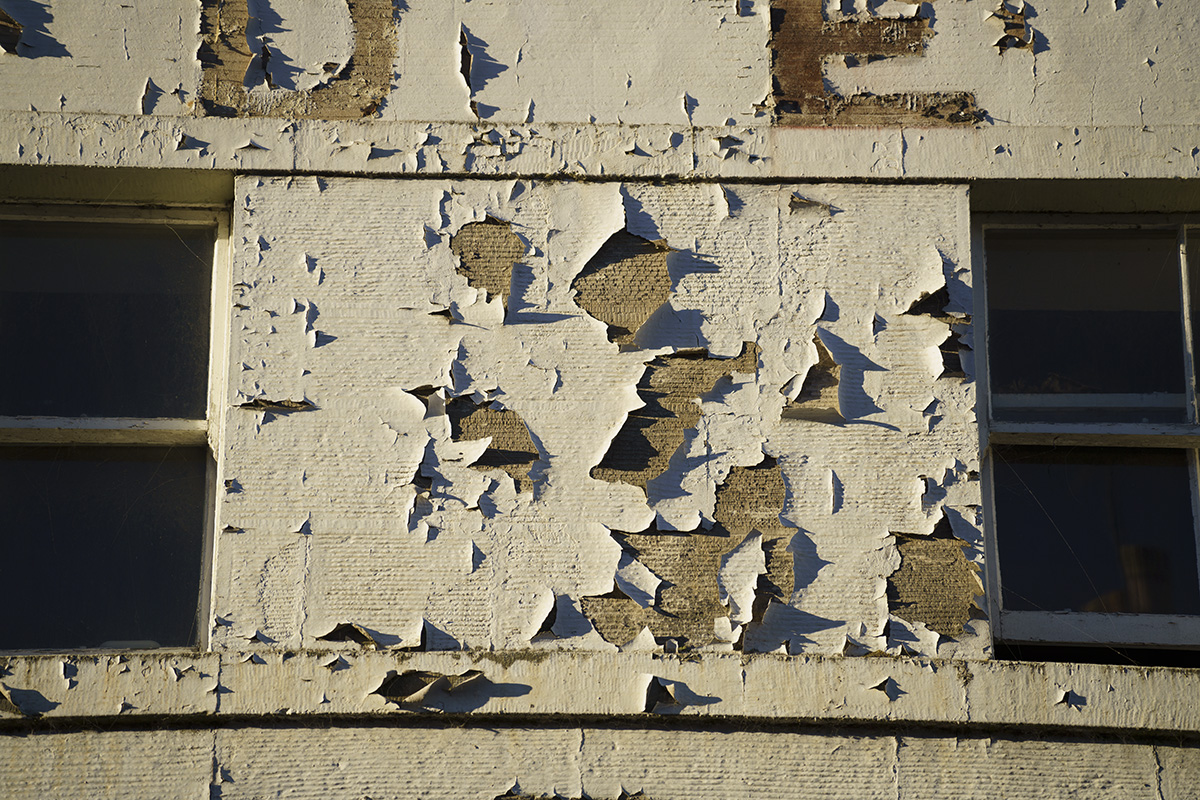
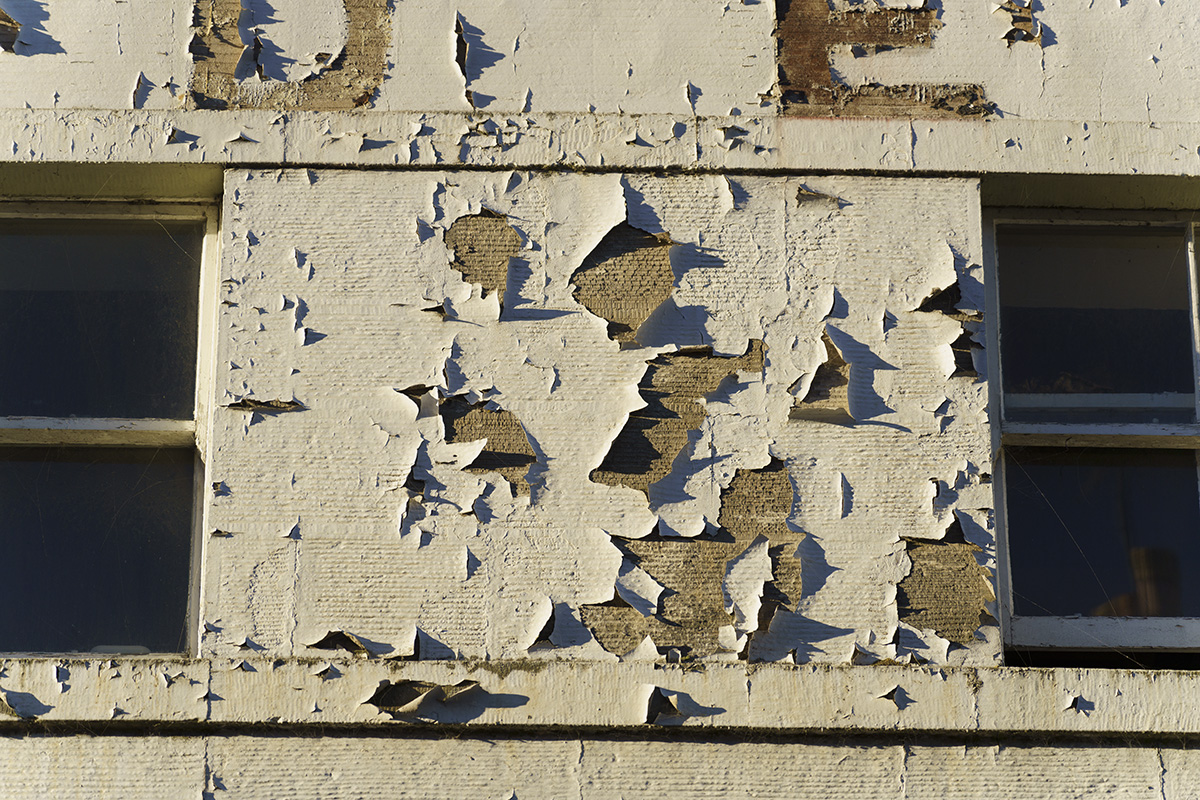
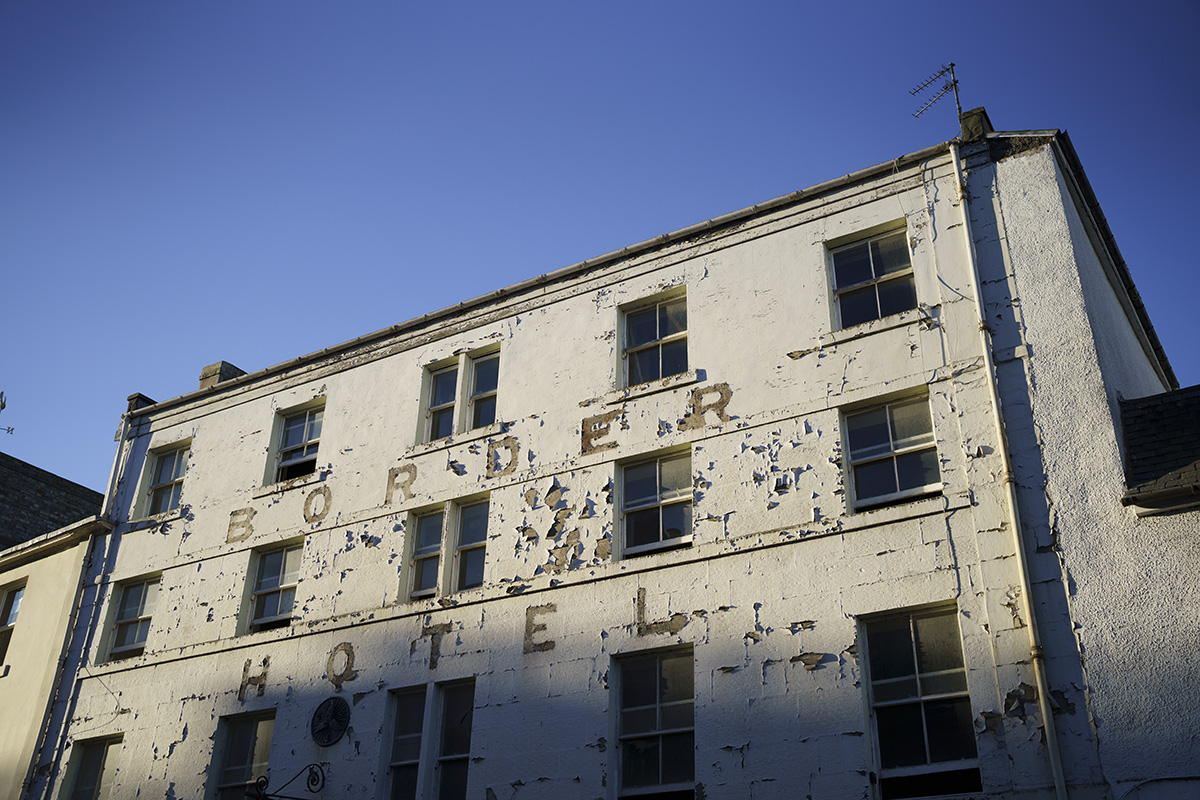
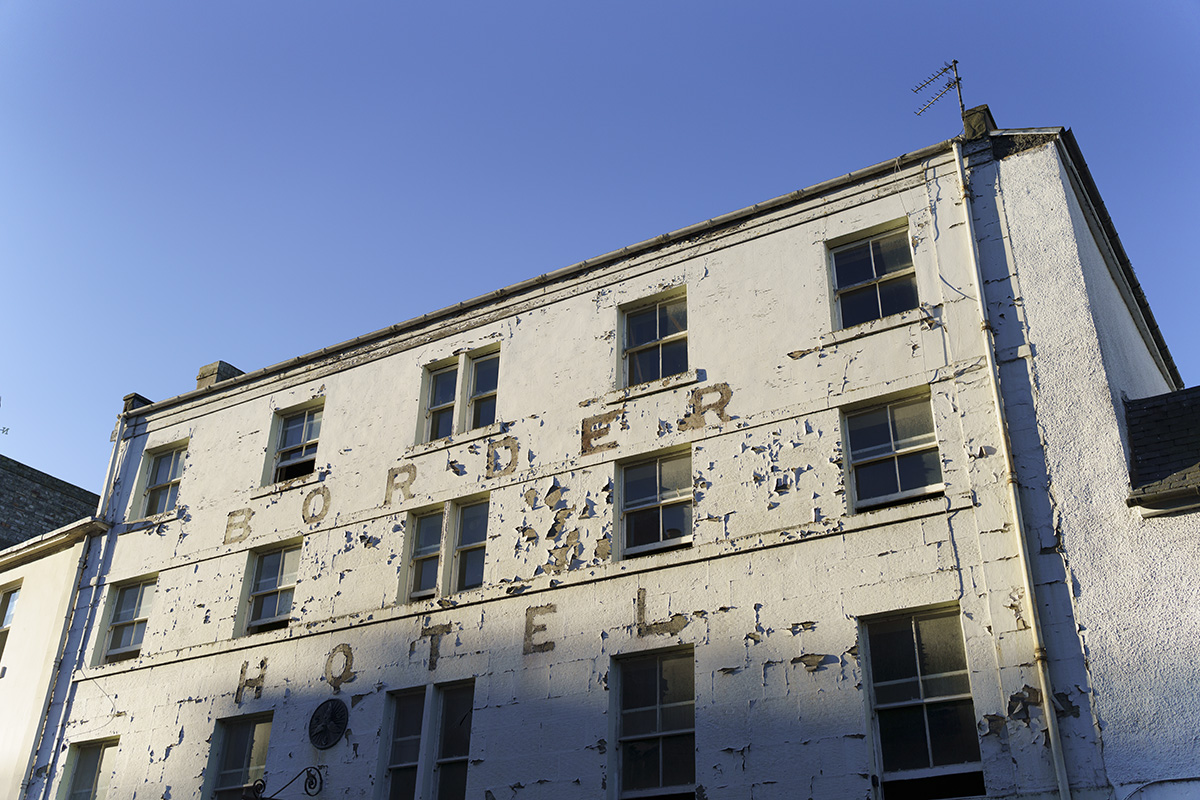
There’s a strong case for just letting the wide aperture vignetting be – don’t correct it at all. Many pictures will look better, including landscapes, portraits and most street shots. The distortion correction, on the other hand, is worth leaving turned on. Because the lens has pincushion rather than barrel distortion over most of its range, the corners don’t get stretched, it’s the centre of the image which is expanded slightly. As this is the sharpest area the correction tends, if anything, to even out the finest detail rendering over the frame unlike barrel distortion correction which degrades the corners visibly in many cases.
When Sony’s 90mm G macro was constantly being called the best lens ever, I tried three examples and all fell short of the standard expected. Just for interest I set the Tamron 35-150mm to 90mm (actually reported 91…) and shot a series from wide open to smaller apertures, on the same architectural distance subject I’d used for the Sony. Despite being on 60MP not 42MP the Tamron zoom was clearly much sharper across the frame than the Sony.


But – it’s a fast superzoom. Plenty of expert voices on Facebook will assure you it can not possibly be as good as a modest range zoom or an acclaimed macro prime. Don’t take their word for it, try the lens. And now we need to look at the downside of such an ambitious superzoom – it’s a large and heavy lens, it uses an unusual internal and extending hybrid zoom design, and it doesn’t focus into the semi-macro range like most other Tamron and competing lenses now do.
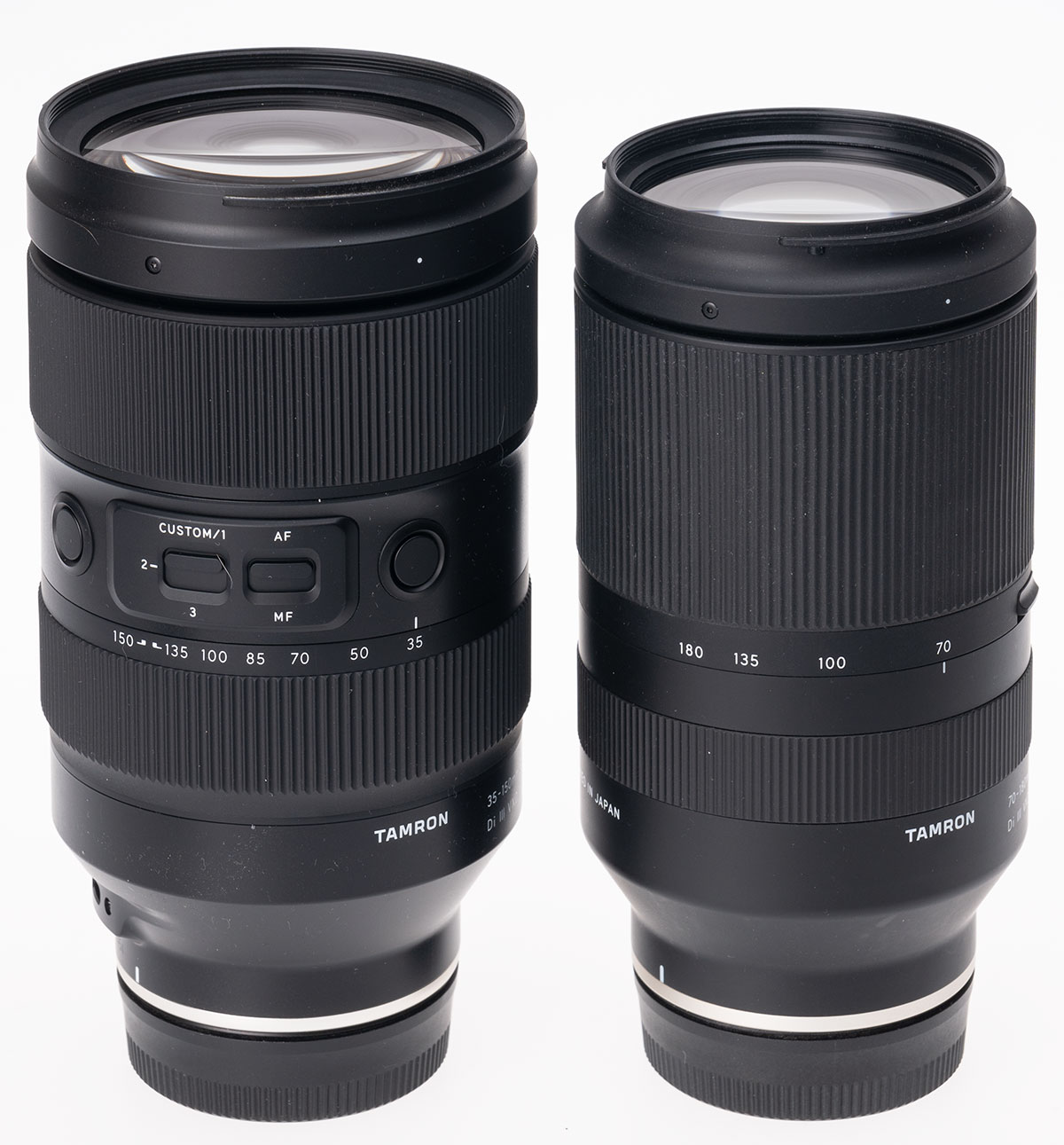
My first step was to replace my slim camera strap with an extra wide heavy duty neoprene Optek – the springy shock-damping handled almost 1.9kg of combined camera and lens round my neck well enough. Often I hold my camera in my right hand ready to lift to the eye and shoot, and don’t let the weight hang on a strap. It was like having a 70-200mm f/2.8 to handle and many users are happy with that all day. I’m not that keen on the 82mm filter thread, but that’s what it has to be.
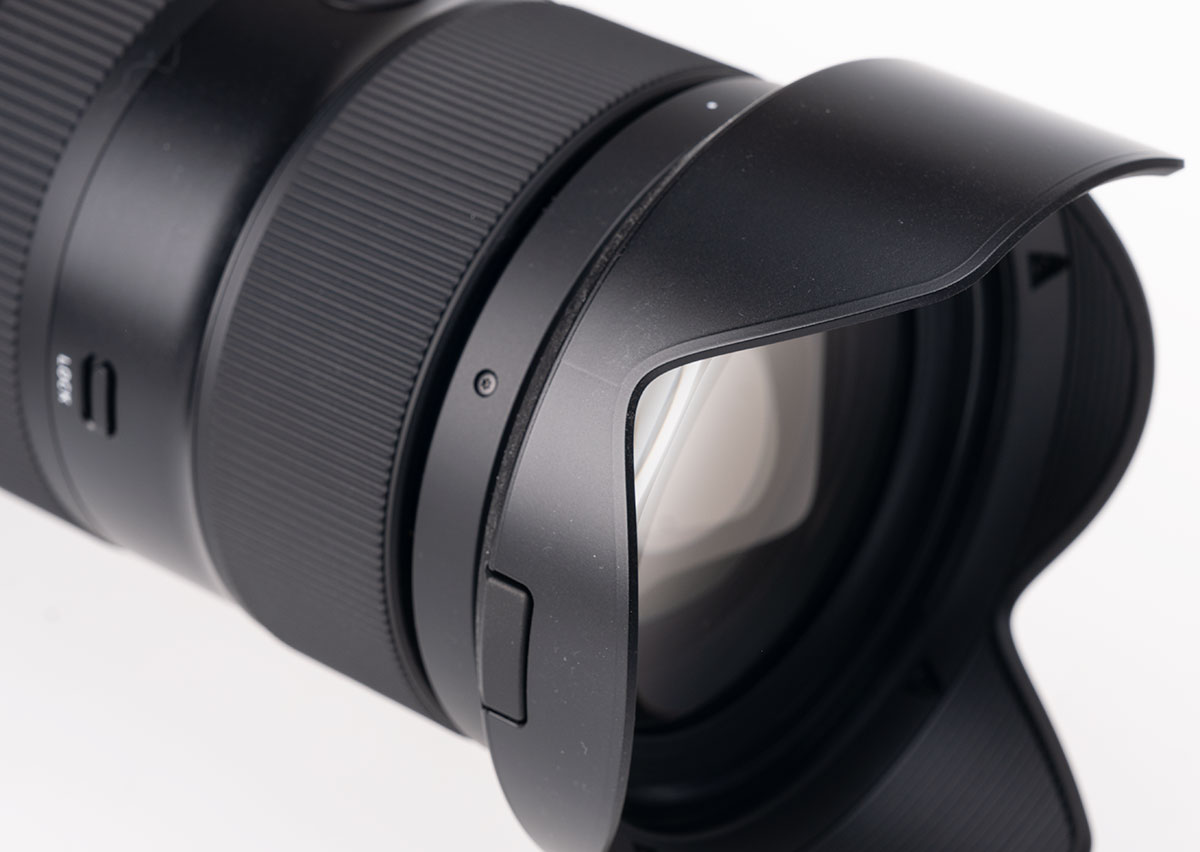
The lens hood has a single bayonet release button set in its rim, and you need to get it the right way up to fit. It’s very secure once on.

Then you come to the advanced aspects – this is a very fast focusing near-silent voice coil drive (VXD) design, and has three control buttons plus zoom lock, AF/MF and a three-position Custom function switch. With the aid of USB connected software (no dock needed) the lens can be customised for aspects like focus barrel direction/speed and even function (change to control ƒ-stop), and two preset focus points via the buttons.
The zoom ring is placed near the body with the focus ring being the main much deeper front barrel. This is the opposite to existing Tamron zooms and takes some getting used to, but it’s practical with the size and weight of the lens.
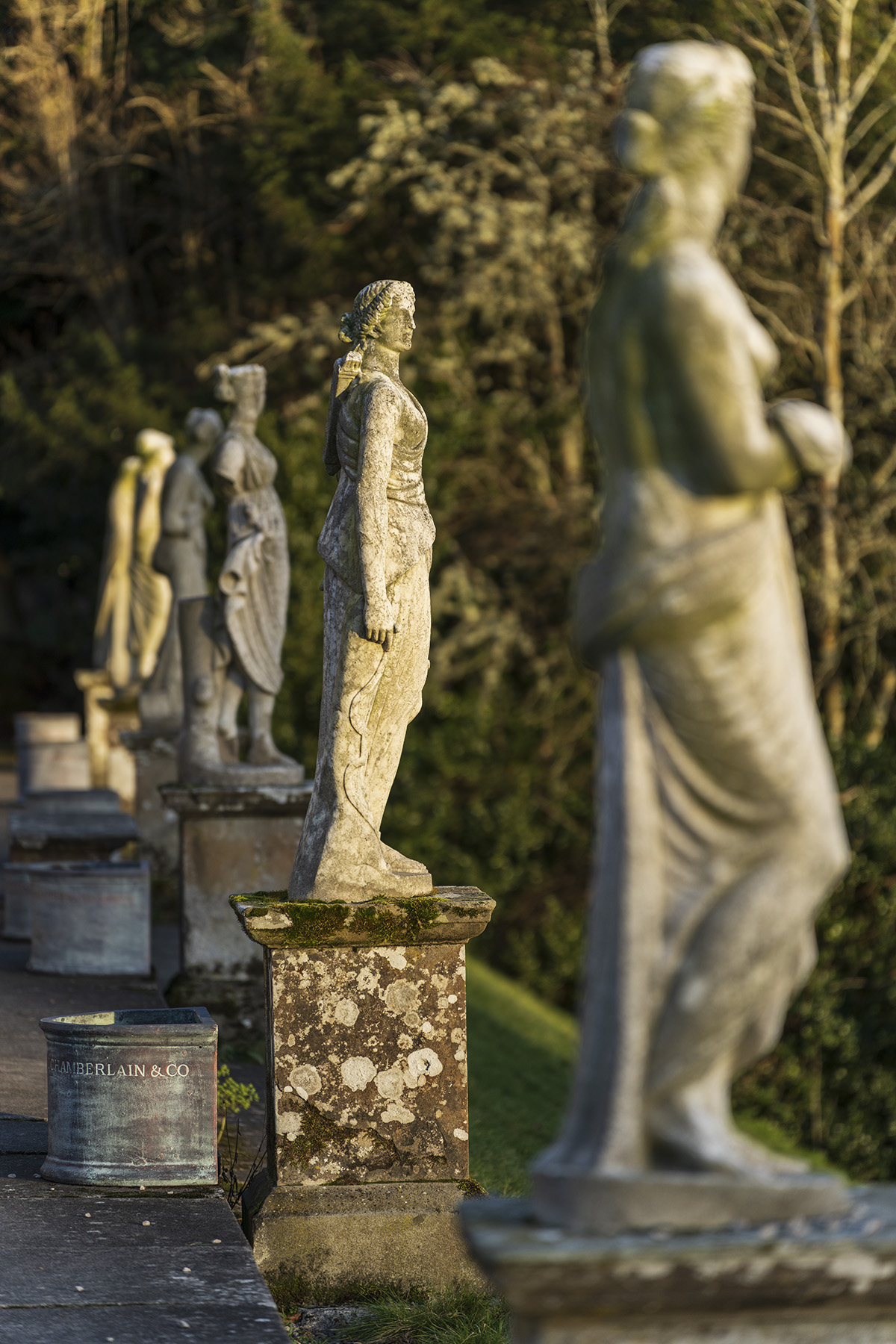

With minimum focusing of 85cm at 150mm to 33cm at 35mm, the subject scale is 1:5.9 and 1:5.7 respectively – that’s a field around 9.5 x 14cm, so not in the wedding ring shot class but fine for flowers, hands and many other close-ups. The 9-blade aperture creates a very attractive smooth defocus and if there are lights or candles in the background this lens gives full aperture bokeh discs, not clipped ellipses, at focal lengths from 35 (f/2) to 60mm (f/2.5) and with only a hint of cat’s eye shape at the extremes of the shot at 80mm (ƒ2.8). Longer than this and you’ll see some degree of this effect though using an APS-C or smaller crop cuts out the more visibly ellipsoid highlight bubbles. Depending on the light source you’ll see some ‘orange peel’ texture which is typical of zooms using moulded aspherical elements – there are many ways to remove this from finished edits. There are no ‘onion ring’ effects which are much harder to remove and occur with lenses using older aspherical moulding methods.


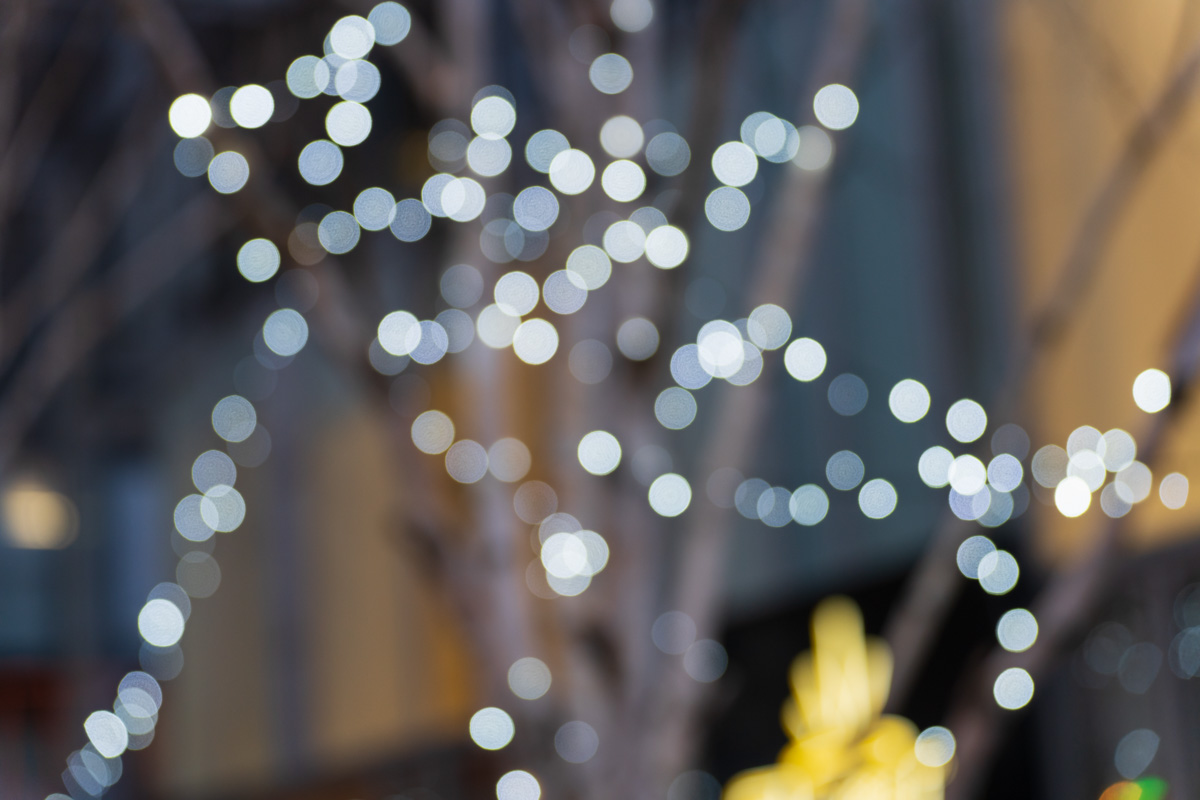
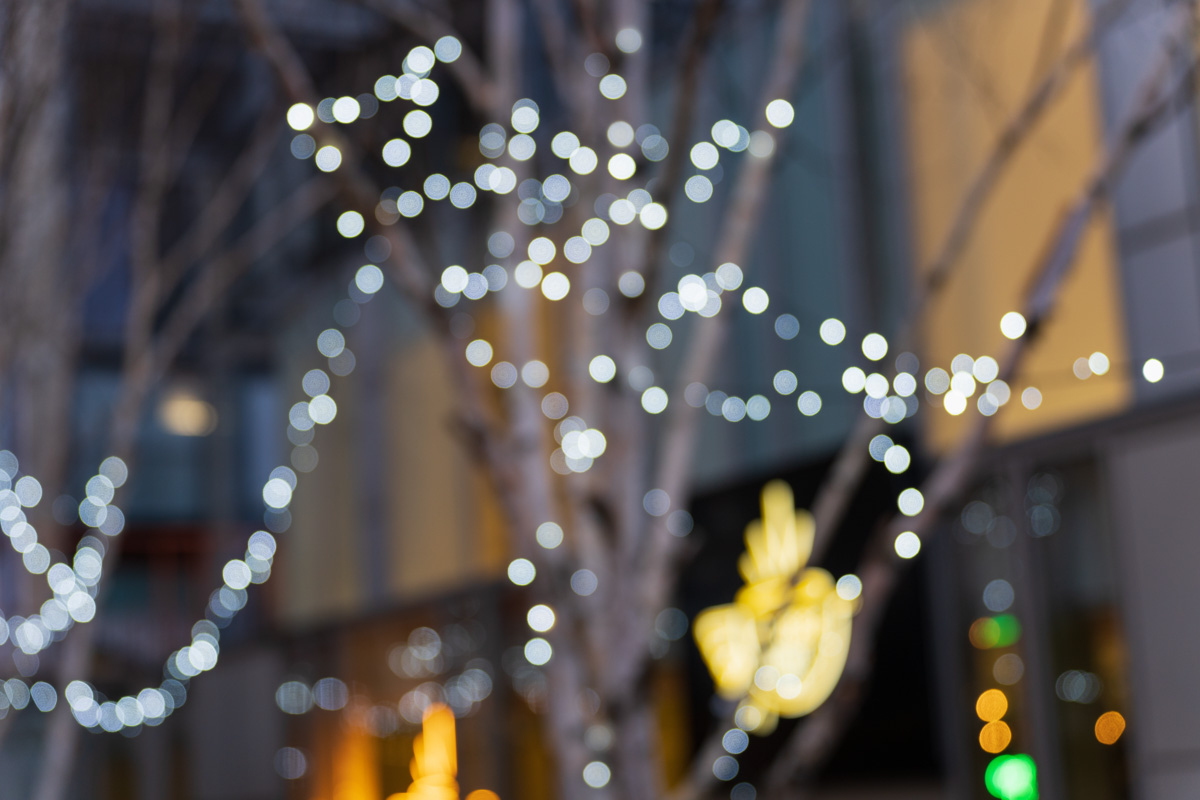
As for real cat’s eyes, the lens behaves perfectly with Sony’s animal and human face detection and eye AF and even managed to keep up with the most impossible close range movement of chickens – fine for eye sharp focus if not for the shutter speed.

This lens has a USB-C connection (no cover, it’s a waterproof port) and the Tamron Lens Utility, on 64-bit PC or Mac, can customise functions. After thinking the utility was not working (on three different systems) because it said Lens Not Connected when it was, I found you ignore this and click on the Start button for the functions you want to modify – like changing the 1, 2 and 3 positions of the Custom switch to alter the behaviour of the focus ring (direction, linearity, use as aperture ring) or lens buttons (AF/MF, A-B Focus, Preset Focus, Assign Function from Camera, or Clear Settings).
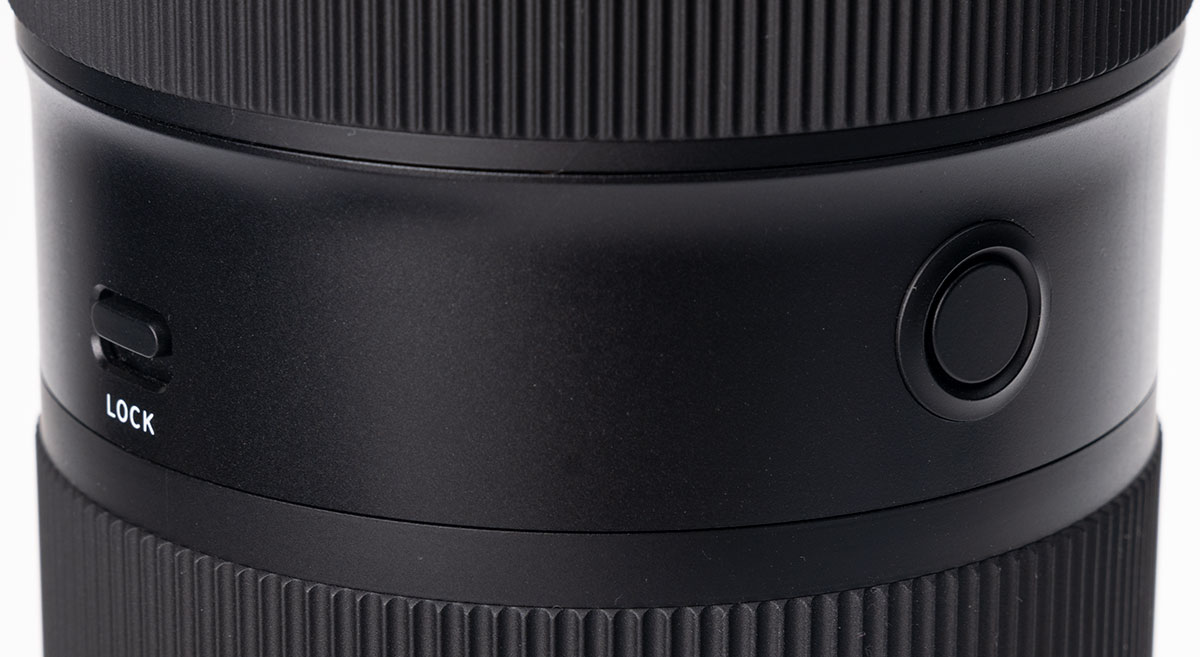
All three lens buttons do the same, which might be missing some useful tricks such as two focus points assigned to different buttons. A-B focus and Preset distance have selectable focus speeds, and are strictly Movie functions (you have to press the Record button in Movie mode to program the distances, then use the lens buttons to activate the focus change during filming). The lens is fairly silent in focusing but an external microphone is desirable. It has almost no focus breathing regardless of the focal length set, though use at full aperture will produce some shifts as the bokeh expands and contracts – the real angle of view remains very constant from close-up to infinity.
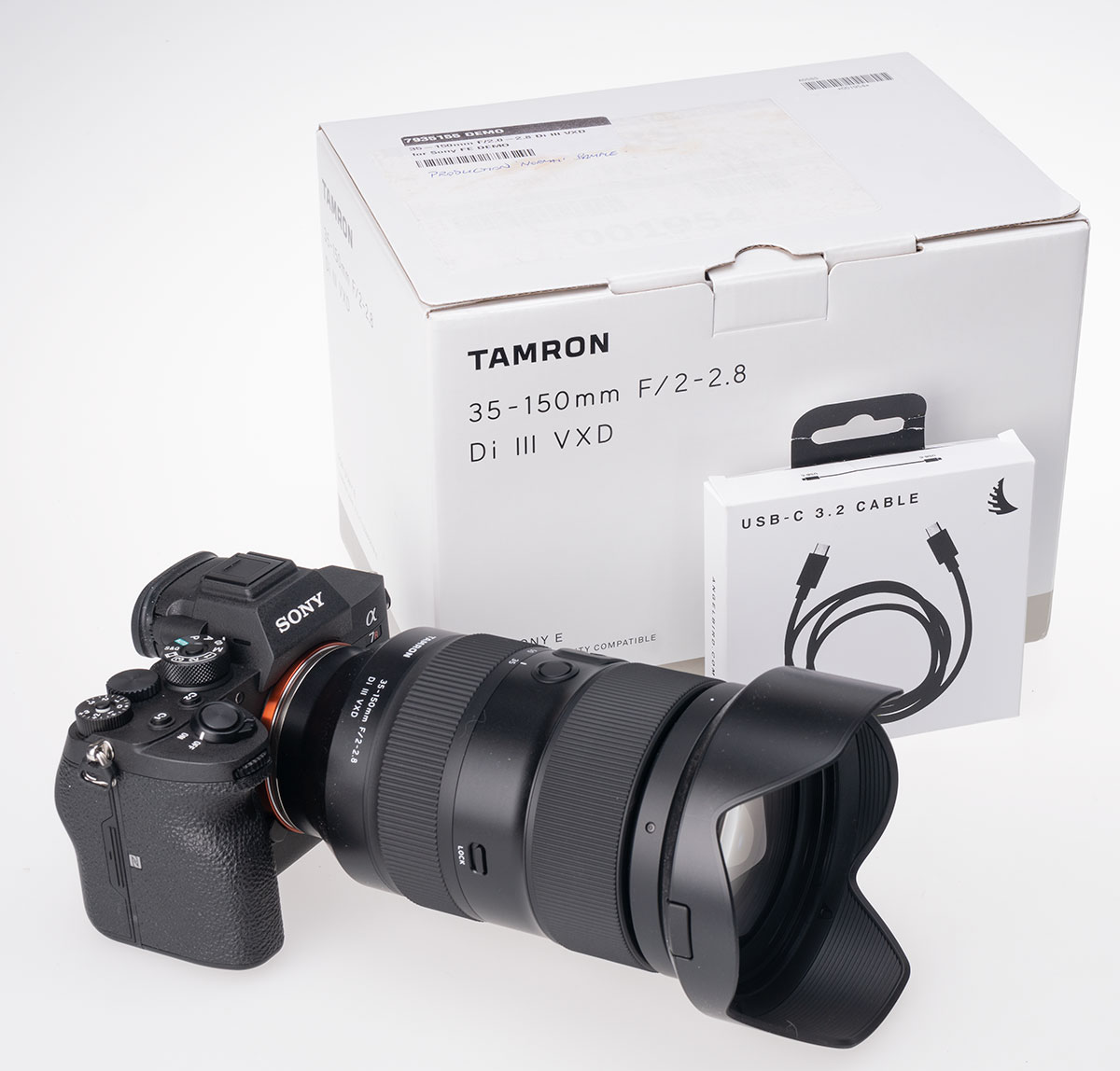
This lens costs £1,599 (editor’s note: 2022 price at time of writing) so you need to know you need it to invest. It hardly came off the camera in six weeks partly because of the convenience of not having to change lenses, and just carrying the camera and this one lens.
The lens now sells for around £1800 new (link to Sony version at WEX) and £1300 used.
It is also now available (update) for Nikon Z link here to WEX – bundles with bodies are also offered.
My comment: we have assumed for years that it’s best to wait a year after launch before buying as prices fall rapidly. This is no longer the case as inflation and issues with worldwide shipping costs mean prices are rising and set to rise further. Don’t assume that you can save by delaying, but saving by sensible used market buying is still practical.
– David Kilpatrick
For further information, visit:

